Imagine a world where every online order you make arrives perfectly on time and exactly as expected – this ideal scenario hinges on the often underestimated but critical process of order fulfillment, a key driver in customer satisfaction and loyalty. This complex process, which ranges from receiving an order to delivering it to the customer, is fundamental in satisfying customer demands.
A survey, as reported by Statista in 2022, revealed that lack of speed and lack of accuracy are two of the top causes of customer frustration in the U.S. This highlights the critical role of efficient order fulfillment in meeting and exceeding customer expectations for small and medium-sized enterprises (SMEs).
The key to winning customer loyalty and satisfaction lies in optimizing the order fulfillment process. This article aims to provide comprehensive insights into order fulfillment, encompassing various types, the step-by-step process, and best practices.
What is Order Fulfillment?
Order fulfillment is the complete process an order undergoes from the moment it’s placed until it reaches the customer’s hands. This crucial aspect of ecommerce and retail encompasses a series of steps including receiving, processing, packing, picking, and shipping an order.
Efficient order fulfillment is not just about delivering products; it’s about ensuring a smooth, speedy, and accurate service that meets customer expectations, thereby enhancing satisfaction and loyalty. Mastery of this process is a game-changer for businesses in staying competitive and successful in the digital marketplace.
Challenges in Order Fulfillment
The journey of order fulfillment is laden with complex challenges, such as global supply chain disruptions and labor shortages, which directly impact delivery timelines and inventory management. These disruptions can be caused by various factors like geopolitical tensions, natural disasters, or economic fluctuations, leading to unpredictable delays and shortages. Additionally, labor shortages, especially in key logistics roles, further compound these difficulties, affecting the efficiency and reliability of the fulfillment process.
Seasonal peaks and event-driven demands also bring their own set of challenges, necessitating adaptive and responsive order fulfillment strategies. For instance, during holiday seasons or promotional events, there is often a significant surge in orders, requiring businesses to scale up their operations swiftly. It’s imperative for companies to have robust contingency plans and flexible supply chain models to navigate these complexities effectively, ensuring customer satisfaction and business resilience in a fluctuating market environment.
The 7-Step Order Fulfillment Process
The process of order fulfillment is a meticulously choreographed sequence of steps, each crucial for ensuring the smooth transition of products from warehouse to customer. Here’s a breakdown of this critical process:
- Receiving Inventory: This initial phase involves inspecting and documenting incoming goods. Accuracy at this stage is vital to ensure inventory levels are correctly updated and products are in sellable condition.
- Inventory Storage: Efficient storage strategies are essential. This includes organizing goods for easy access and tracking, and optimizing warehouse space for quick retrieval.
- Order Processing: Once an order is received, it’s confirmed and updated in the system. This stage is crucial for maintaining accurate records and ensuring the correct items are processed.
- Picking: The process of locating and collecting the specific items from the warehouse as per the order. It’s essential to be accurate to prevent order errors.
- Sorting: After picking, items are sorted based on their delivery destinations or other criteria. This step streamlines the packing and shipping process.
- Packing: In this step, products are securely packaged for shipment. Proper packing is key to prevent damage during transit and ensure customer satisfaction.
- Shipping: The final step where orders are dispatched to customers. Efficient shipping methods and reliable carrier partnerships are crucial for timely deliveries.
Returns Processing: An additional, critical step involves managing returns. This includes inspecting returned items, updating inventory, and determining whether items should be restocked or disposed of.
Each of these steps is critical to efficient order fulfillment, and mastering them can significantly enhance customer satisfaction and operational efficiency.
Key Strategies for Efficient Order Fulfillment
To excel in order fulfillment, it’s essential to employ strategies that not only speed up the process but also maintain high accuracy. These strategies encompass technological integration and optimized operational procedures, each contributing to a more streamlined and effective fulfillment process. Here’s an expanded look at these key strategies:
1. Automation: Automation technologies, like robotics and automated conveyor systems, significantly reduce manual errors and increase processing speed. For example, robots can handle repetitive tasks such as sorting, while automated inventory management software can quickly update stock levels and order statuses.
2. Reducing Travel Time: Optimizing warehouse layout to minimize the distance workers travel for picking and sorting can drastically cut down order processing time. Implementing zonal picking and using efficient mobile carts can make moving items within the warehouse faster and more organized.
3. Optimizing Inventory Management: Advanced inventory management includes real-time monitoring of stock, using data analytics for predicting future demand, and adopting just-in-time inventory to avoid excessive stockpiling. This ensures a balance between having enough stock to meet demand without overstocking.
4. Leveraging Technology: Integrating your order fulfillment system with ecommerce platforms and sales channels through comprehensive software solutions like OMS, WMS, and CRM, creates a cohesive system. This integration provides real-time data exchange, improving order tracking, customer communication, and overall fulfillment accuracy.
By focusing in-depth on these areas, businesses can significantly enhance their order fulfillment operations, leading to more efficient processes, higher customer satisfaction, and improved business performance.
Addressing Challenges in Order Fulfillment
Navigating the complexities of order fulfillment requires targeted strategies to overcome common challenges. Here’s how businesses can address each issue:
- Global Supply Chain Disruptions: Develop diversified supplier relationships to mitigate risks from geopolitical tensions or natural disasters. Investing in predictive analytics can also help anticipate and prepare for potential disruptions.
- Labor Shortages: Embrace automation to compensate for labor gaps, especially in repetitive and time-consuming tasks. Additionally, investing in employee training and retention programs can create a more skilled and loyal workforce.
- Seasonal and Event-Driven Demands: Implement flexible inventory management systems that can quickly adjust to demand fluctuations. Establishing a scalable workforce, either through temporary hires or flexible work arrangements, can also help manage peak periods effectively.
- Delivery Promises and Inventory Management: Utilize advanced tracking and forecasting tools to maintain accurate inventory levels and delivery timelines. Adopting a just-in-time inventory approach can reduce storage costs and improve responsiveness.
By proactively addressing these challenges, businesses can ensure smoother operations, leading to increased customer satisfaction and improved efficiency in their order fulfillment process.
Emerging Trends and Future Outlook in Order Fulfillment
Stay informed about the latest trends, such as advanced technology in fulfillment centers and the changing landscape of ecommerce logistics. SMEs must adapt to these changes to remain competitive. Subscribe to our blog down below to always stay up to date on the latest news.
Understanding and effectively managing the order fulfillment process is key to success in today’s retail and ecommerce world. By recognizing the challenges, following the essential steps, and adopting strategic measures, SMEs can enhance their customer order fulfillment and stay ahead in the industry.
WareSpace’s shared small warehouses offer an ideal solution for SMEs, providing not just storage but also operational space to facilitate efficient order processing and fulfillment. Stay informed and adapt to the evolving landscape of order fulfillment to ensure your business’s growth and sustainability. Contact us today to see how WareSpace can help your business.
Blog Info: Author – Michael Thompson Category – Shipping and Packaging Insights


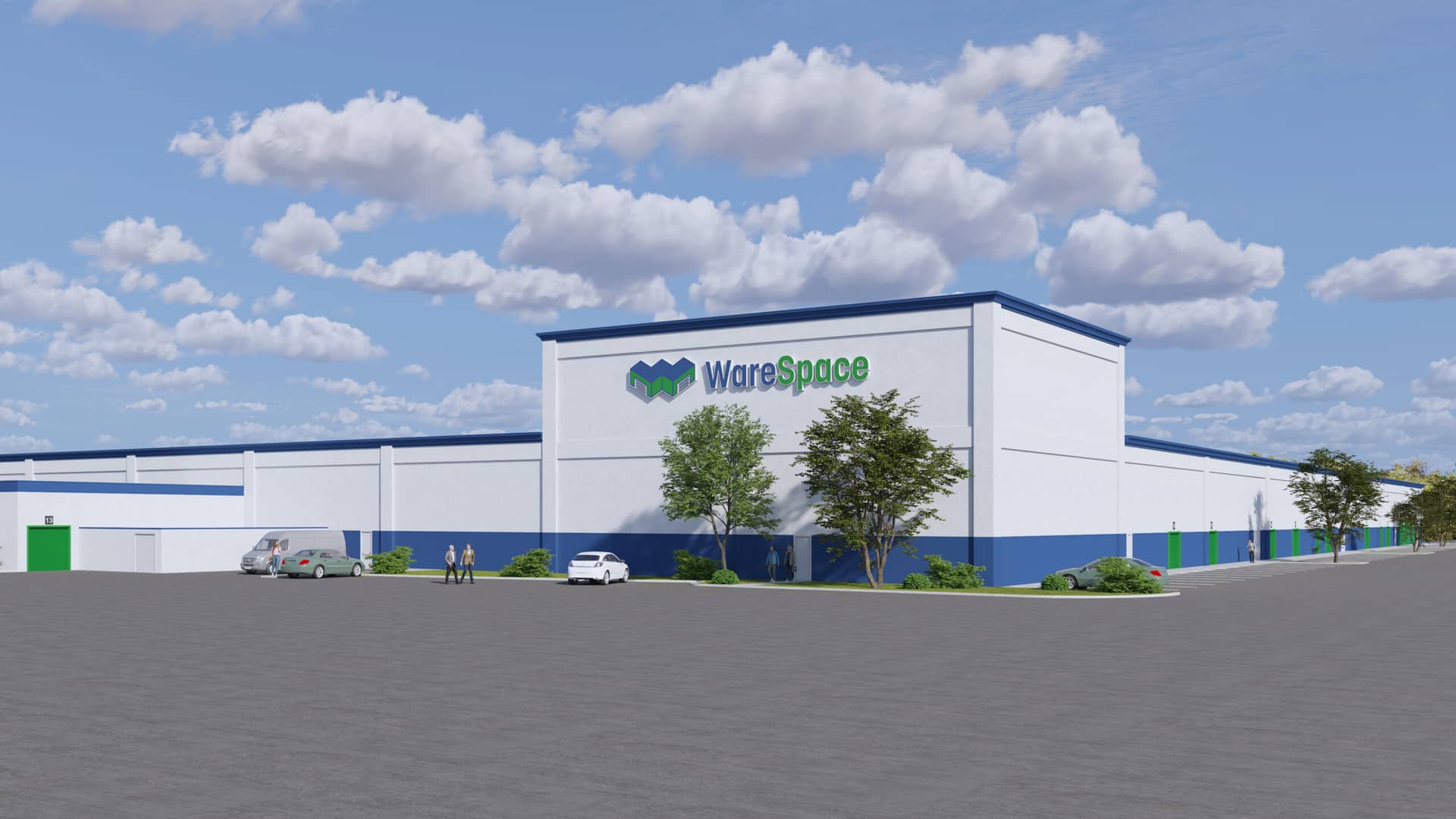
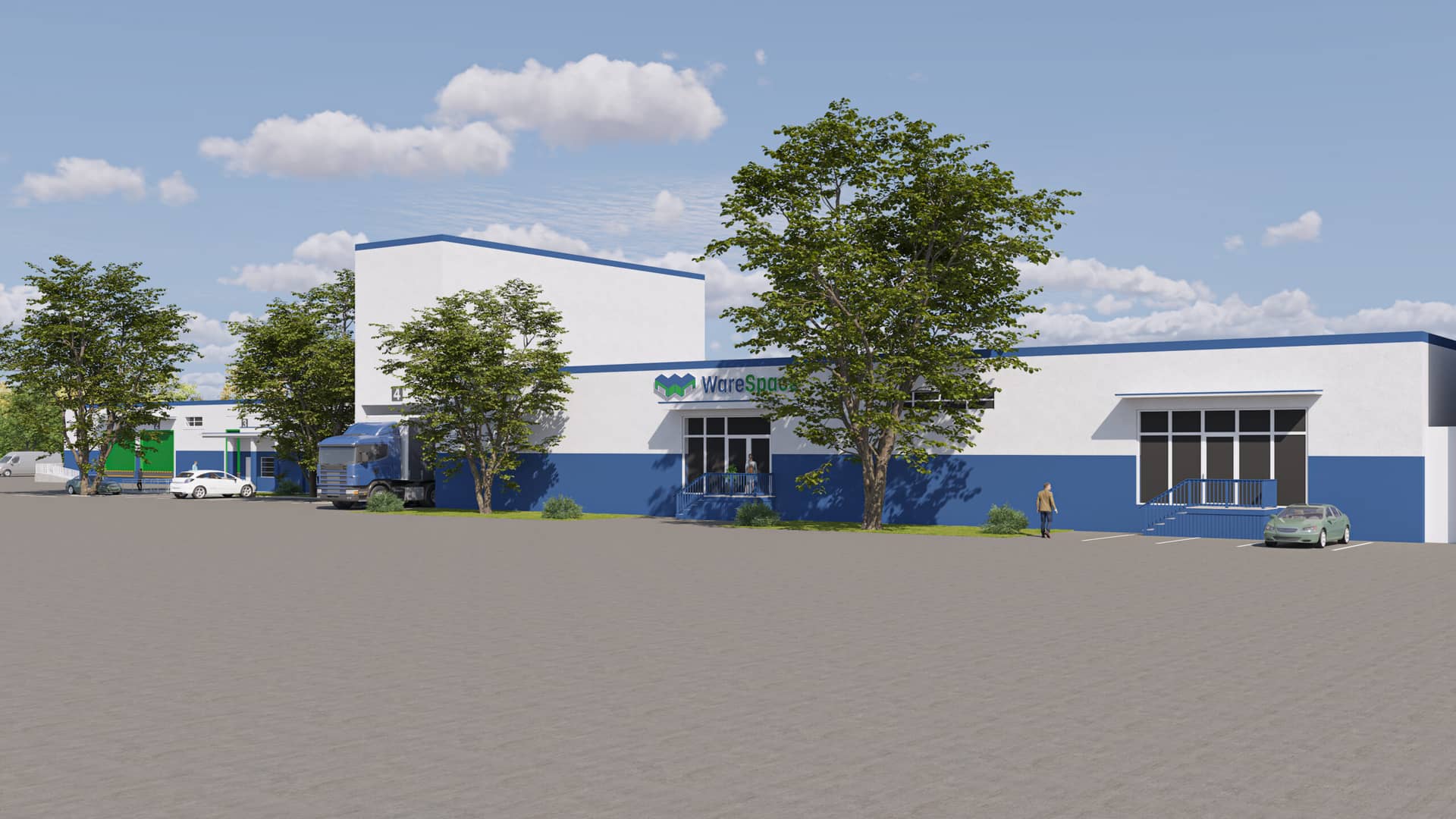
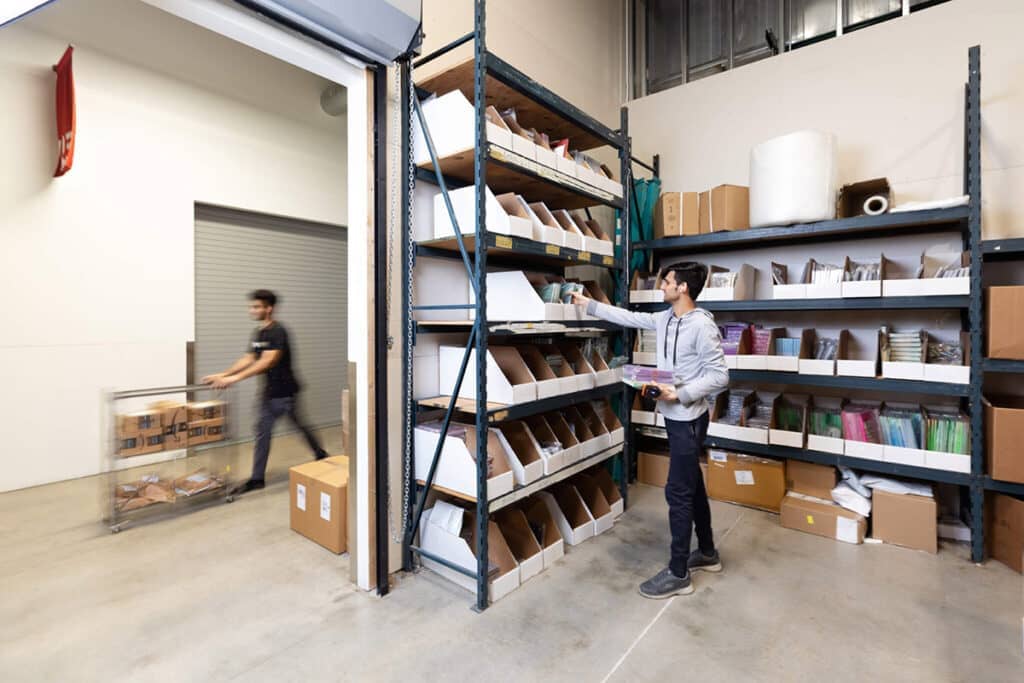
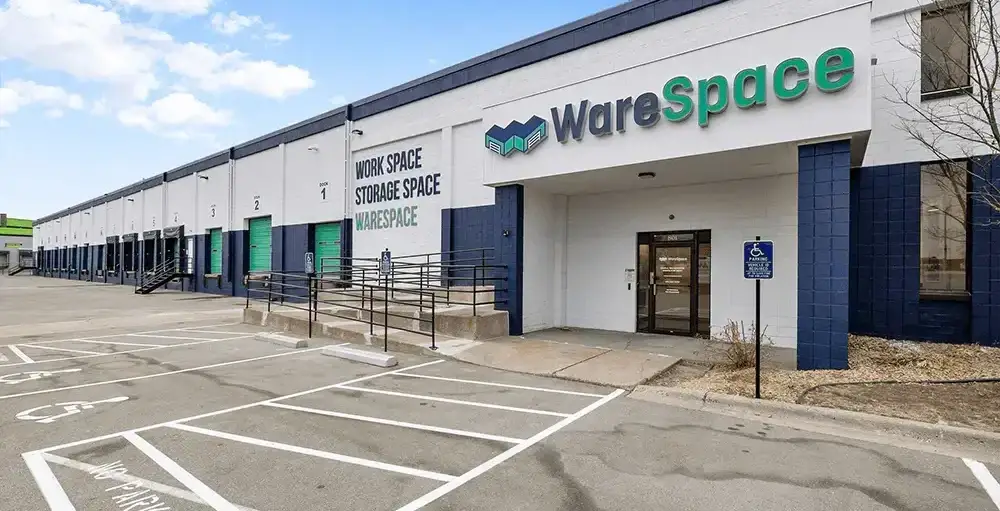
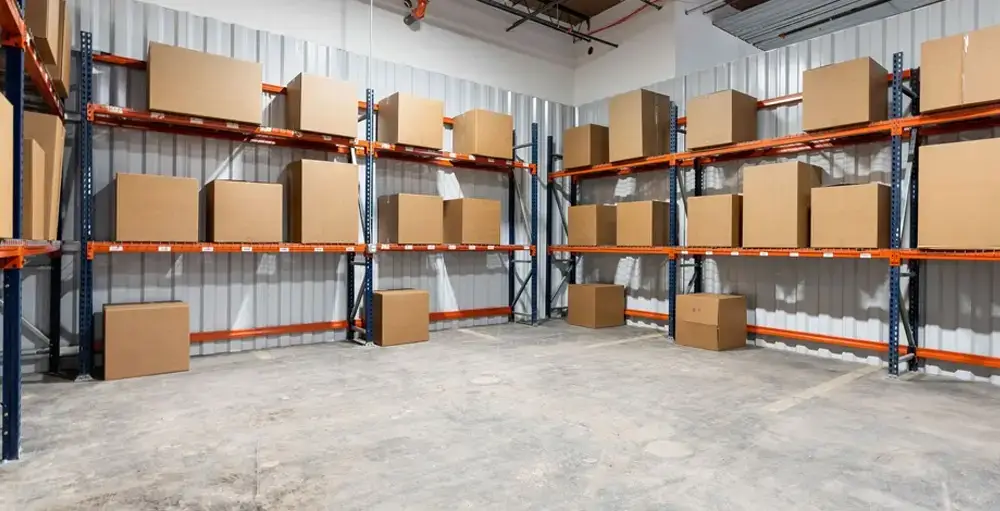
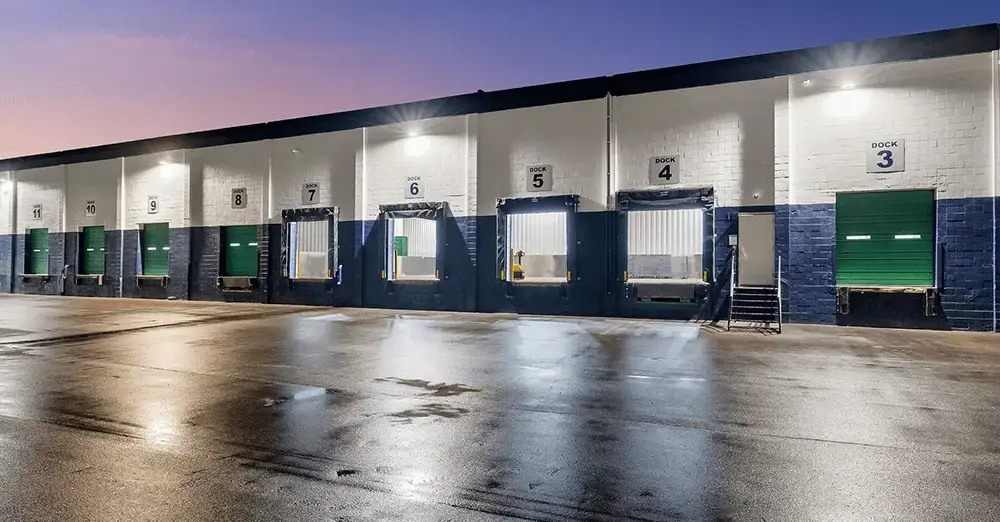
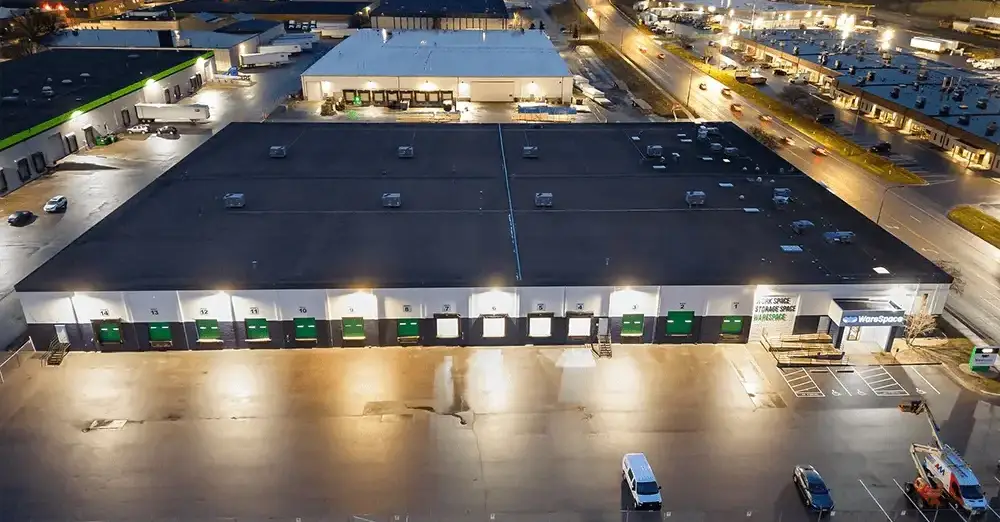











 ►
Explore 3D Space
►
Explore 3D Space